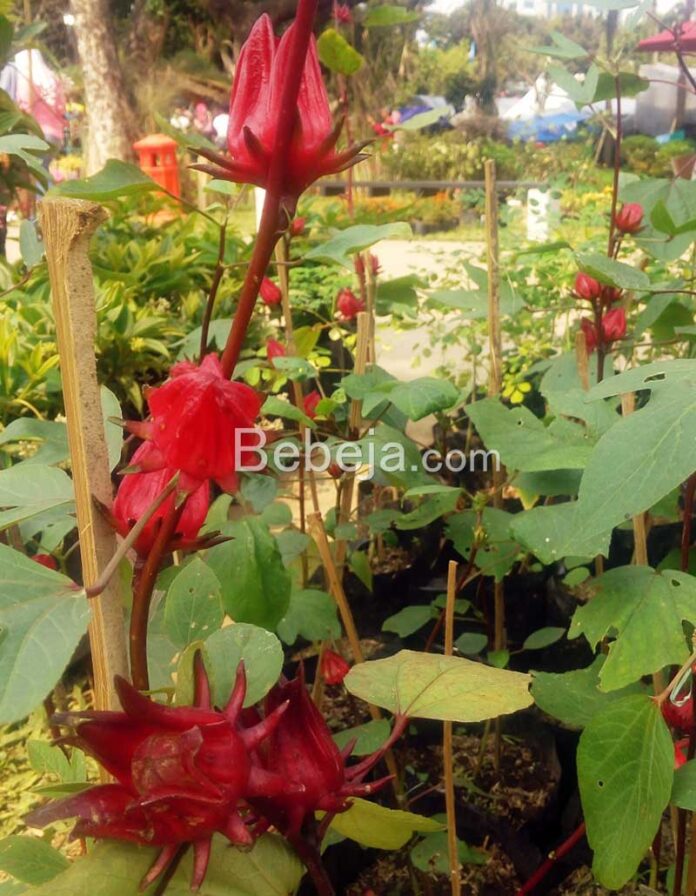Roselle plants are cultivated for their health benefits. They are processed into herbal drinks that are believed to help treat several diseases, including cancer, hypertension, diabetes mellitus, and heart disease. The seeds of the plant are rich in vitamin C and anthocyanin compounds and originate from Africa and South America.
The Indonesian Sweetener and Fiber Crops (Balittas) in Malang, East Java have released four superior varieties of roselle, namely Roselindo-1, Roselindo-2, Roselindo-3, and Roselindo-4. These plants are highly productive and adaptive. The main fatty acids in all four varieties are linoleic acid, oleic acid, palmitic acid, and nonadecanoic acid.
Each of these roselle varieties has its advantages. The dry harvest potential of the roselindo-1 variety, which has red petals and resistance to Fusarium sp fungus disease, ranges from 332-757 kg/hectare.
Similarly, the roselindo-2 variety, also with red petals, has a dry yield potential of 265-691 kg/hectare. The roselindo-3 variety, distinguished by its dark green petals, has a dry yield potential of 229-880 kg/hectare. The roselindo-3 variety is germplasm from Nigeria, while the roselindo-4 variety with purple petals originates from Nepal. It has a dry yield potential of 252-690 kg/ha.
